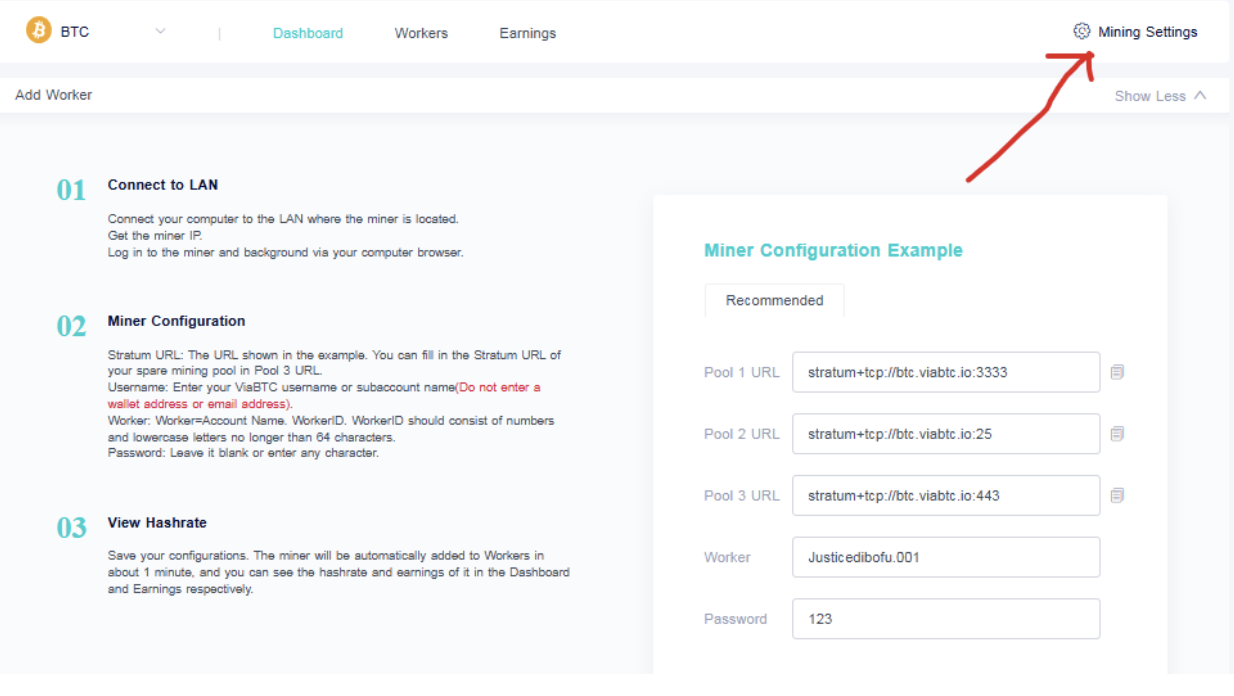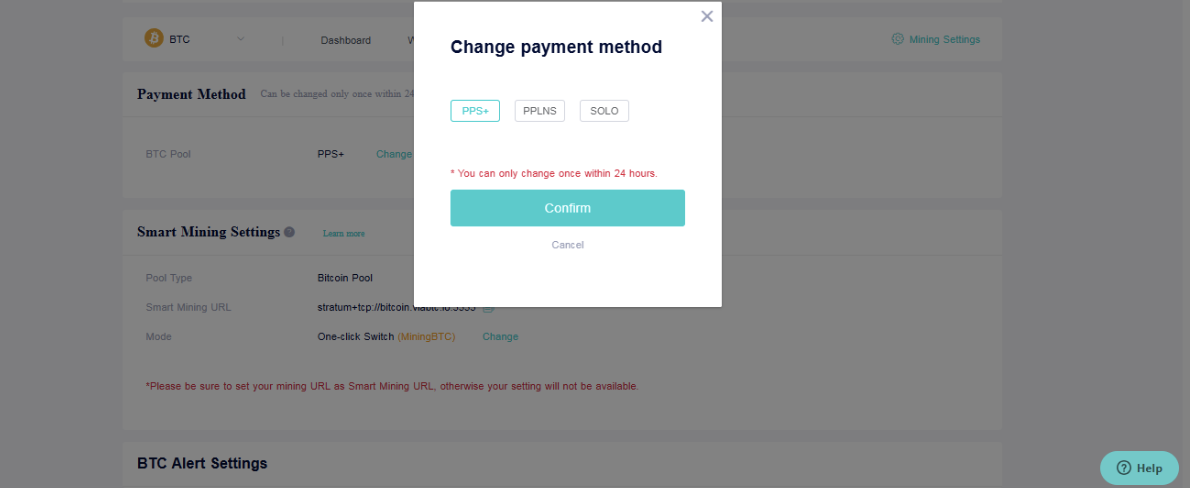Understanding Bitcoin Mining Profitability
To mine a Bitcoin means to create new Bitcoins and validate all Bitcoin transactions, making it the network's backbone. This mining involves solving puzzles; each puzzle that is solved helps validate an on-chain transaction and keep the entire blockchain stable and running.
The question comes up, is Bitcoin mining profitable for beginners today? Bitcoin mining is still profitable if you have a capable system, join a mining pool, and can cover your fixed expenses in a fair amount of time.
With the competition for mining increasing every day, solo mining or individual mining is generally not profitable compared to joining a mining pool, and this can affect whether Bitcoin mining will be profitable for you. This is why joining a mining pool is among the factors that determine if Bitcoin mining will be profitable for you.
While having a capable system and joining a mining pool is necessary to profit from Bitcoin mining, your profitability still depends on other factors like Hashrate, Share, Electricity Costs, Bitcoin Price, PPS, and PPLNS. Understanding these key mining metrics is essential to evaluating your profitability.
What Determines Bitcoin Mining Profitability?
Hardware Performance
Hardware performance in Bitcoin mining is defined as a machine's ability to do computational tasks, which is largely assessed by its hash rate (hashes per second) and power efficiency (hashes per watt). High hash rates boost a miner's chances of solving the cryptographic challenge and earning a reward, yet power efficiency is critical for profitability because it dictates how much electricity is used.
Electricity Costs
In Bitcoin mining, power expenditures are the main source of the expenses that impede profits. Electricity is a constant expense in mining budgets since it is nearly always costly and must be paid for continuously. Additionally, if your kWh pricing is too high, even high-end hardware loses profitability.
Hashrate
In Bitcoin mining, hashrate is a measure of the network's total processing capacity, indicating how many guesses miners make per second to solve the cryptographic puzzle and validate transactions. It represents the pace of the mining process and is measured in units such as hashes per second (h/s), with bigger prefixes like mega (MH/s), giga (GH/s), tera (TH/s), and exa (EH/s) used for large networks. A higher hashrate indicates a more secure network, and it means a miner can perform more calculations per second, increasing their chances of finding the correct hash to win the block reward.
Share
In Bitcoin mining, a share is a "partial proof-of-work" solution that a miner submits to a pool. It is a valid hash that satisfies the pool's lower difficulty objective, but not necessarily the much higher aim for the entire Bitcoin network. Shares demonstrate that a miner is contributing computational power and are used to calculate the miner's contribution for the purpose of sharing the reward after the pool successfully mines a block. The share a miner contributes to win a block determines how much profit they will make.
PPS
In Bitcoin mining, PPS stands for Pay Per Share, a mining pool payout model in which a miner receives a fixed, instant payment for each valid share submitted to the pool, regardless of whether the pool successfully mines a block. This provides a constant and predictable income, but it means miners do not receive a percentage of transaction fees, and the pool operator bears the risk of this payout.
PPLNS
PPLNS, or Pay-Per-Last-N-Shares, is a Bitcoin mining pool payout system in which miners are rewarded depending on the amount of valid "shares" they provide within a certain window of the pool's last 'N' shares before successfully mining a block. Payouts are only issued once the pool discovers a block, hence earnings might be higher but may fluctuate more than with PPS (Pay-Per-Share). This technique typically results in reduced pool fees since it transfers more risk to the miner.
How to Interpret These Metrics on a Mining Pool Page (Using ViaBTC as an Example)
ViaBTC seeks to simplify Bitcoin mining, making it accessible to even total beginners. From the minute you register, the website walks you through the process in simple steps, offering straightforward pool connection information, a user-friendly dashboard, and live performance monitoring so you can see your mining activities right away. Complex setup procedures and guesswork are unnecessary.
ViaBTC's distinctive advantage is its user-friendly features and industrial-grade reliability. It has numerous compensation schemes, including PPS+ (Pay-Per-Share Plus) and PPLNS (Pay-Per-Last-N-Shares).
For beginners, ViaBTC's app allows for easy monitoring of hash rate, payouts, and miner status with the touch of a button. Its thorough earnings breakdown shows newcomers precisely where their money is coming from, and pleasant customer service is always available to guide you through any challenges.
To switch or choose between PPS+ and PPLNS payment methods, go to the mining settings on your dashboard in the top right corner, and choose any payment method of your choice.


From your dashboard page, when you navigate to earnings, you will see a profit chart, profit details with your hashrate, and the record of sharing for your account.
As mentioned already, ViaBTC offers simplicity, secure payments, and strong infrastructure, making it ideal for anyone looking to get started mining without feeling overwhelmed.
Conclusion
Bitcoin mining is still profitable with the right system and a good mining pool. With increasing difficulty levels and the number of large institutional players in the Bitcoin mining ecosystem today, you'll need to join a mining pool to be profitable.
Disclaimer
The opinions expressed in this article are for informational purposes only. This article does not constitute an endorsement of any of the products and services discussed or investment, financial, or trading advice. Qualified professionals should be consulted before making financial decisions.